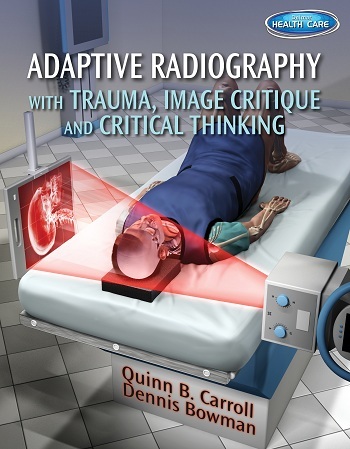 By
By
- Quinn Carroll
- Dennis Bowman
ADAPTIVE RADIOGRAPHY WITH TRAUMA, IMAGE CRITIQUE, AND CRITICAL THINKING, 1st Edition gives a fresh perspective on radiographic positioning and critiquing in the real world. Unlike most radiography books, which approach topics in terms of the average patient under near ideal conditions, this text offers strategies and helpful tricks of the trade to employ when “the usual” does not apply. Based on developing adaptive thinking skills, the book shows readers how to consider the paradigms and rules of radiology, examining and quantifying those that work while challenging those that don’t. Thorough discussions on adapting beam angles, beam divergence, expansion of the light field, and spacial relations in positioning deliver the foundations of radiography and introduce quantifiable, repeatable methods. ADAPTIVE RADIOGRAPHY WITH TRAUMA, IMAGE CRITIQUE, AND CRITICAL THINKING, 1st Edition also addresses trauma and mobile radiography and positioning, changes brought about by the advent of digital radiography, routine and trauma skull positioning, and much more. Real-life case studies and critical thinking questions apply methods to a variety of issues and clinical settings, developing problem-solving skills for success in any radiographic field.
- Unique Perspective: Provides strategies, tips, and tricks that can be applied in real world situations where variables such as patient type and level and type of trauma make implementing basic imaging principles impossible.
- Quantifiable Methods: Establishes a universal rule for quantifying the degree of off-angling, off-rotation, tilt, abduction, adduction, improper flexion and extension in radiographic positions. The book’s method is applied to both positioning corrections and image critique.
- Foundational Principles: Addresses the criteria for what makes a good positioning rule, a good centering rule, constitutes good anatomy to observe in critiquing radiographs..
- Helpful Give-and-Take: Presents centering rule alternatives, ways to prioritize adaptations due to trauma, and discussions on body part movements and their reciprocal effects on CR angles and centering.
- Critical Thinking Practice: Includes elements of critical thinking, theoretical information, and prepares readers for how they might need to change their usual way of doing things in a real-life situation. “Critical Thinking Challenges” and “Case Studies” are presented throughout the book to help encourage real-world critical thinking.


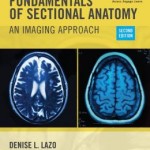
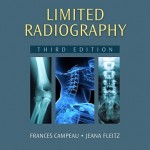

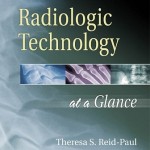
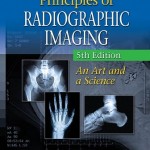
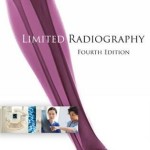
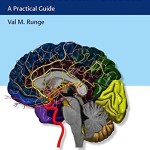



Core Radiology: A Visual Approach to Diagnostic Imaging [Paperback]
Jacob Mandell (Author)
.
Hi I have had the opportunity to review sections of this book online and think its fantastic for revision please can you upload it can the different case series.
Not yet published